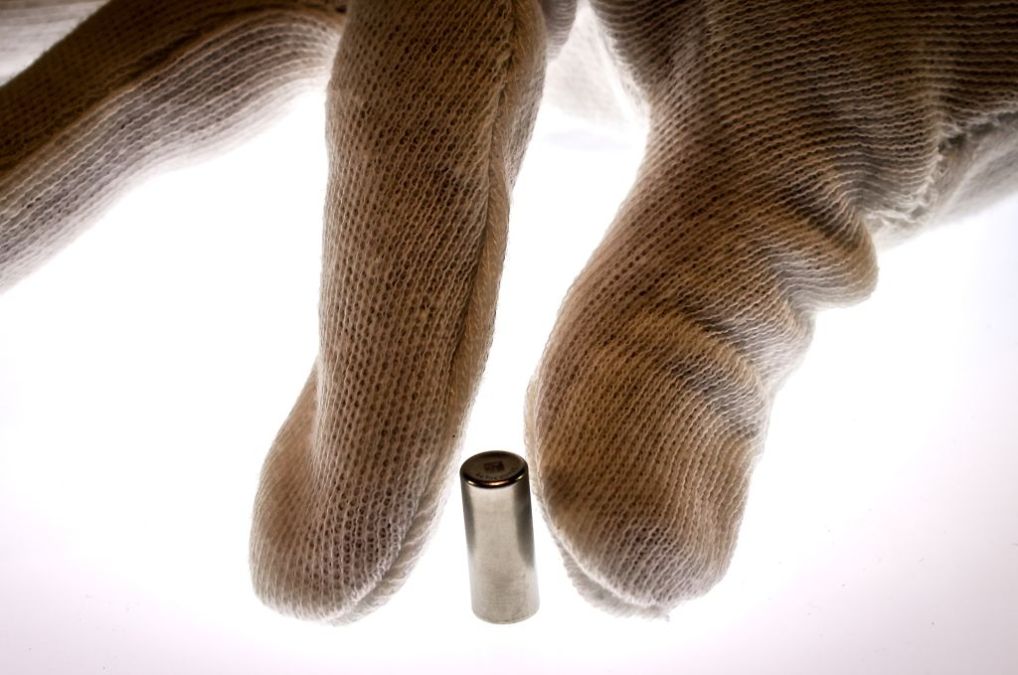Agencies eye 2 data storage alternatives amid growing demand

Federal agencies are interested in developing alternatives to silicon-based data storage to keep pace with growing demand and decrease data center energy consumption, according to the Government Accountability Office.
GAO found the Intelligence Advanced Research Projects Activity launched its Molecular Information Storage Program to make synthetic DNA a low-resource means of meeting the intelligence community‘s data storage needs, while an unnamed, large tech company develops laser-etched glass.
DVDs and hard drives meet the world’s current data storage need of 97 trillion gigabytes. But that number is projected to double by 2025, and the supply of wafer-grade silicon, found in computer chips and other storage devices, will only meet 1% of the 2.4 billion-kilogram demand expected in 2040.
“Alternative technologies — like synthetic DNA and laser-etched glass — have more capacity and durability but need further development before they can be widely used,” reads GAO’s report.
The same coding system that stores the information of life can store data in a lab-created DNA strand, which can hypothetically hold more than 11 trillion gigabytes in a cubic inch of material. Sequencing can decode the synthetic DNA to read the data, which would reduct the need for large, energy-intensive data centers predicted to consume 8% of global electricity by 2030.
Challenges remain because synthetic DNA costs $3,500 per megabyte, millions of times more than silicon-based storage, and that cost increases when factoring in cold storage to preserve it thousands of years. Engineering advances in DNA synthesis may be needed to reduce those costs, according to GAO.
Synthetic DNA also requires correction codes to reduce writing and reading errors it’s prone to currently.
Laser-etched glass involves storing data with a fast, precise laser. Etchings represent digitally coded ones and zeroes through a 5D method named for its five unique attributes.
Three of those attributes are locations equivalent to the X, Y and Z coordinates on 3D graph, while the other two are the size and orientation of the etchings used to create multiple layers of data. By shining a polarized laser light into the etching, its attributes are revealed and captured by a camera for decoding into data by a computer.
Glass can hold hundred of millions of gigabytes per cubic inch, more capacity than a DVD, and last billions of years, though that also presents a security challenge requiring it be melted or crushed when attempting to erase data.
Lasers and camera present a high upfront cost, and etching is a slow process. DVD writing is more than 100 times faster at 21 megabytes per second, compared to 200 kilobytes per second.
While neither data storage alternative is commercially available yet, both have been used to successfully store data and could see market by 2030. Synthetic DNA has had 200 megabytes of music and text stored on it and glass 5 gigabytes of text on 1 square inch, meaning a glass CD could hold 500 terabytes.
“Because of these current limitations, both technologies may be best suited for archival data storage rather than everyday applications,” reads GAO’s report.



